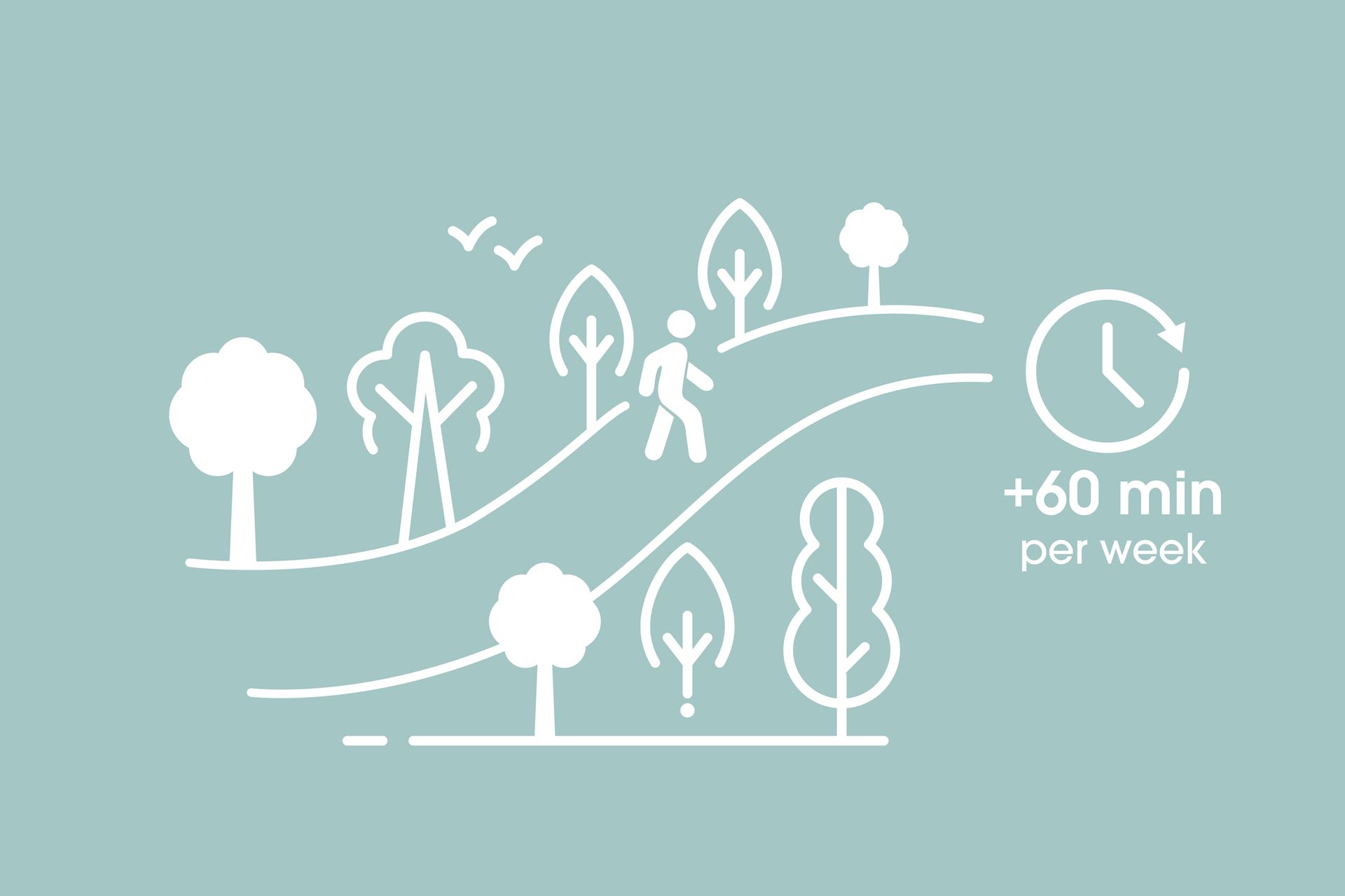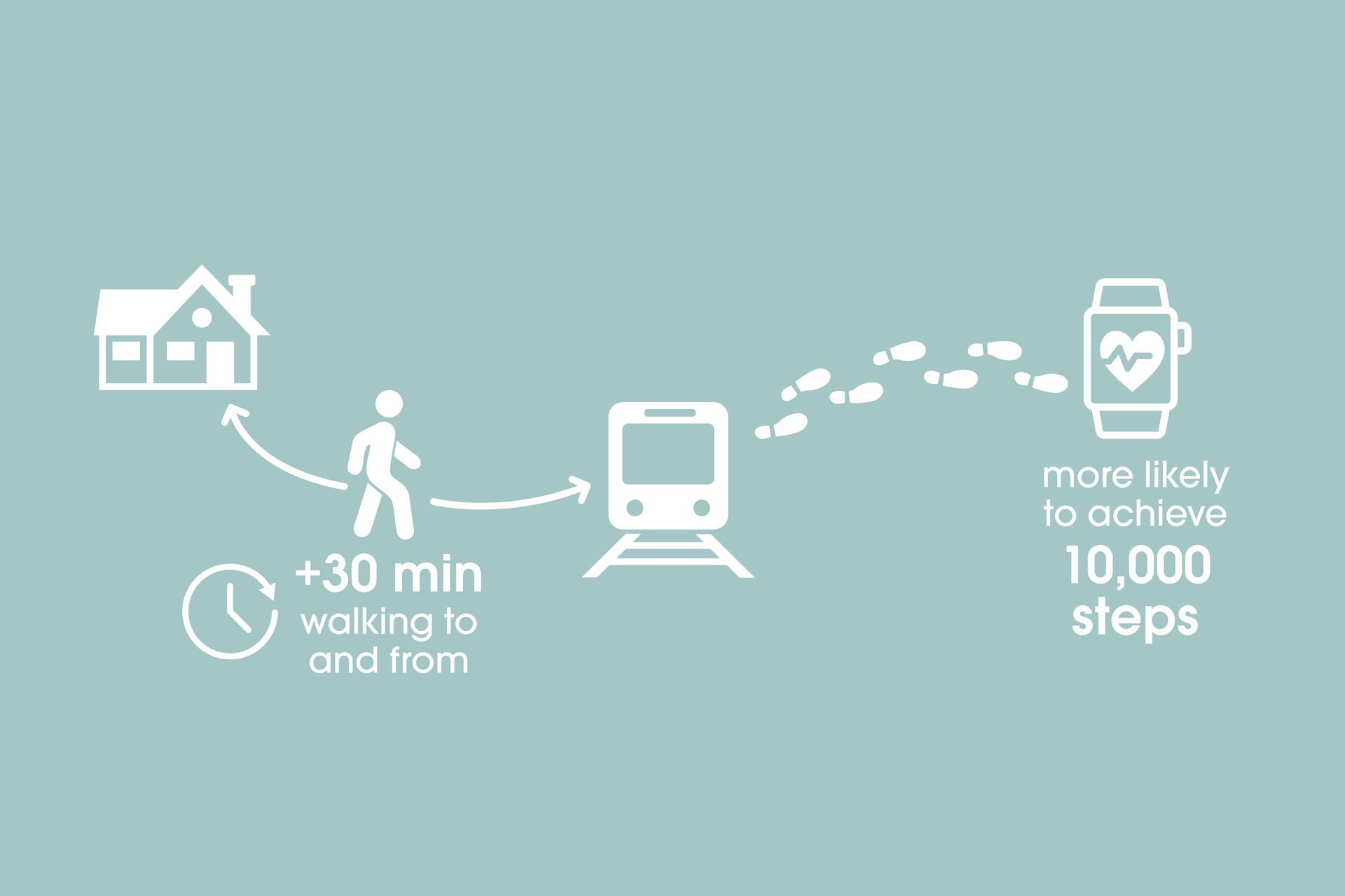A neighbourhood on the move is one that has a network of integrated walking, cycling and public transport routes. Movement networks within a neighbourhood, and connecting to other neighbourhoods, need to be accessible, safe and cohesive.
This section is about how and why, for instance, children do or don’t walk to school, why some street designs make walking more likely and how street trees and the occasional bench or chair can encourage residents to walk more. Design examples will help with planning new developments, but they also show ways to improve movement networks and connectivity in established neighbourhoods.
Authors: Dr Jerome Rachele, Julianna Rozek, Dr Karen Villanueva, Dr Lucy Gunn, Professor Billie Giles-Corti.
Detailed further guidance on this design feature is available on our Publications and Policies page.
Children who live within 800m of their school are more likely to walk or cycle to school
Good movement networks
Good movement networks allow people to travel safely and conveniently between home, work, school and other important destinations within and between neighbourhoods.
Good practice means providing movement networks that:
- are safe
- are connected
- prioritise walking, cycling and public transport modes of transport
- integrate convenient walking, cycling and public transport routes to local destinations
- provide opportunities for planned and incidental physical activity
What do we mean by ‘movement networks’?
A movement network is the interconnected system of streets, roads and paths that accommodates pedestrians and cyclists, on-road public transport, emergency and private vehicles. A movement network connects places and activities, and allows people and goods to reach their intended destinations and to access private land.
Connectivity describes how easy it is to move between locations, such as home and work, along the movement network. Good movement networks are highly connected, with lots of links between origins and destinations. [1]
29% of public transport users achieve ≥30 minutes of daily physical activity solely by walking to and from public transport
The more street trees along the footpath network, the more likely residents are to walk for 60 minutes each week
Download the Movement Networks infographic
Stay informed. Sign up to our newsletter.
I agree that I have read and I accept the Heart Foundation's Privacy Statement.



